Puncture Resistance: Look for shoes with puncture-resistant soles. These typically have a layer of material, such as Kevlar or steel, in the sole to protect against sharp objects like nails or glass.
Lightweight Design: Lightweight shoes can reduce fatigue during long workdays. Look for shoes that use advanced materials to maintain durability while keeping the weight down.
Comfort: Comfort is essential for all-day wear. Look for shoes with cushioning, arch support, and breathable materials to keep your feet comfortable and dry.
Gender-Neutral Design: Ensure that the shoes are designed to fit both men and women comfortably. Some brands offer unisex sizing or specific models for each gender.
Non-Slip Soles: A good pair of work shoes should have slip-resistant outsoles to prevent accidents in slippery conditions.
Durability: High-quality materials and construction methods are essential for longevity in a demanding work environment.
Electrical Hazard Protection: If your work involves electrical hazards, consider shoes with electrical hazard protection, which can reduce the risk of electric shock.
Waterproof or Water-Resistant: Depending on your work environment, you may want shoes that are either waterproof or at least water-resistant to keep your feet dry.
Sizing and Fit: Make sure to choose the correct size for your feet to ensure comfort and safety. Some brands might have different sizing standards, so check their size guides.
Compliance with Safety Standards: Ensure that the shoes meet safety standards set by organizations like ASTM or OSHA.
Brand and Reviews: Research different brands and read customer reviews to find a reputable and reliable pair of safety shoes.
Breathability: If you work in hot or humid conditions, consider shoes with breathable mesh or moisture-wicking linings to keep your feet cool and dry.
Ankle Support: Some jobs require additional ankle support. Look for shoes with padded collars or high-top designs if you need extra ankle support.
Slip-On vs. Lace-Up: Decide whether you prefer slip-on or lace-up shoes. Slip-on shoes can be more convenient, but lace-up ones often provide a more secure fit.
Break-In Period: Keep in mind that many safety shoes require a break-in period. Plan accordingly to allow your feet to adjust to the new footwear.
Replaceable Insoles: Some shoes come with removable insoles, allowing you to replace them with custom orthotics or more comfortable insoles if needed.
Budget: Determine your budget for safety shoes. While quality is essential, you can find options that balance quality with affordability.
Weight Limitations: Check the weight limitations for the safety shoes, especially if your job involves lifting heavy objects. Some shoes may have weight restrictions on their safety features.
Warranty: Look for shoes with a warranty or satisfaction guarantee, which can provide peace of mind regarding their durability and quality.
Cleaning and Maintenance: Understand how to clean and maintain your safety shoes to prolong their lifespan and ensure they continue to provide adequate protection.
Try Before You Buy: Whenever possible, try on the shoes in-store or order from retailers with a good return policy. Fit is crucial for comfort and safety.
Additional Features: Depending on your specific job requirements, you may need additional features such as metatarsal guards, heat resistance, or chemical resistance. Make sure to choose shoes with the right features for your work environment.
Consult with Your Workplace: If you’re unsure about the specific safety requirements for your job, consult with your workplace’s safety officer or human resources department for guidance.
Breakdown of Safety Ratings: Understand the safety ratings and symbols used on safety footwear, such as EH (Electrical Hazard), SD (Static Dissipative), and more. These indicate specific safety features.
Consider Customization: Some companies offer customization options, allowing you to personalize your safety shoes for a better fit or style.
Break-in Period: As mentioned earlier, many safety shoes require a break-in period. During this time, wear them for shorter periods to allow your feet to adapt and the shoes to conform to your feet.
Socks: Choose moisture-wicking and breathable socks that complement your safety shoes. Proper socks can enhance comfort and reduce the risk of blisters.
Insole Replacement: If the included insoles do not provide sufficient comfort or support, consider replacing them with aftermarket insoles that meet your needs.
Regular Inspection: Regularly inspect your safety shoes for signs of wear and tear, such as sole deterioration, damaged steel toes, or worn-out treads. Replace them as needed to maintain safety.
Cleaning: Clean your safety shoes regularly to remove dirt, grime, and chemicals that can degrade the materials. Follow the manufacturer’s cleaning instructions.
Storage: Store your safety shoes in a cool, dry place when not in use. Avoid leaving them in direct sunlight or extreme heat, as it can damage the materials.
Proper Fit: Make sure your safety shoes fit correctly. Tight shoes can cause discomfort and potential foot problems, while loose shoes may not provide adequate protection.
Foot Health: Pay attention to your foot health. If you experience any discomfort, pain, or foot-related issues, consult with a healthcare professional or a podiatrist.
Replace When Needed: Safety shoes have a lifespan, and they won’t provide the same level of protection as they age. Replace them when they show signs of wear or no longer meet safety standards.
Consult Colleagues: Talk to your colleagues or coworkers who have experience wearing safety shoes. They may offer valuable insights and recommendations based on their own experiences.
Multiple Pairs: If you work long hours or have demanding work conditions, consider having multiple pairs of safety shoes to rotate. This can help extend the life of your footwear and reduce wear and tear.
Safety Training: Ensure you receive proper safety training on how to use and care for your safety shoes as part of your workplace safety protocols.
Regulations and Compliance: Be aware of any industry-specific regulations or safety standards that apply to your workplace. Your safety shoes should meet or exceed these standards.
Emergency Replacement: Keep a backup pair of safety shoes in case your primary pair becomes damaged or needs repair. This ensures you can continue to work safely.




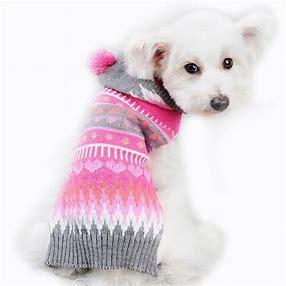
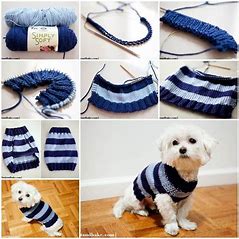
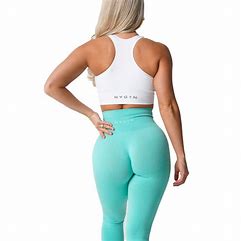
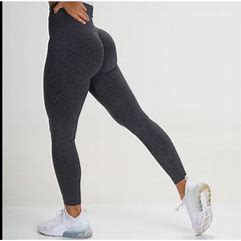
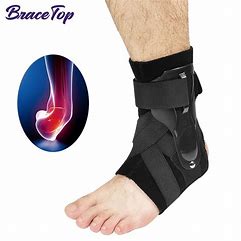

Reviews
There are no reviews yet.